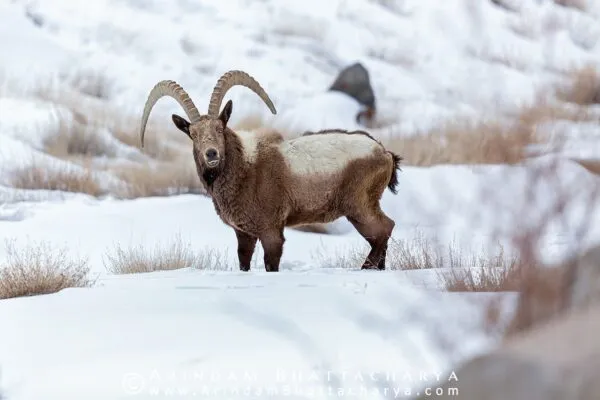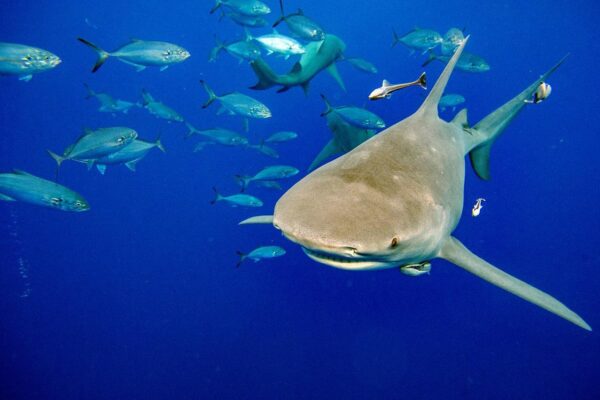57,000 Years Old Wolf Pup is the Most Intact Specimen Ever Discovered from the Ice Age
It was a historic day for the scientific community when in 2016, a gold miner excavating permafrost in Yukon, Canada, in the Klondike gold fields near Dawson City, came across a mummified carcass of an ancient grey wolf (Canis lupus). Then unearthed, the 57,000 years old female wolf pup mummy is the most intact specimen ever discovered from the Ice Age. The mummified wolf pup is important to the local Tr’ondëk Hwëch’in people, who have named it Zhùr, meaning ‘wolf’ in the Hän language of their community.
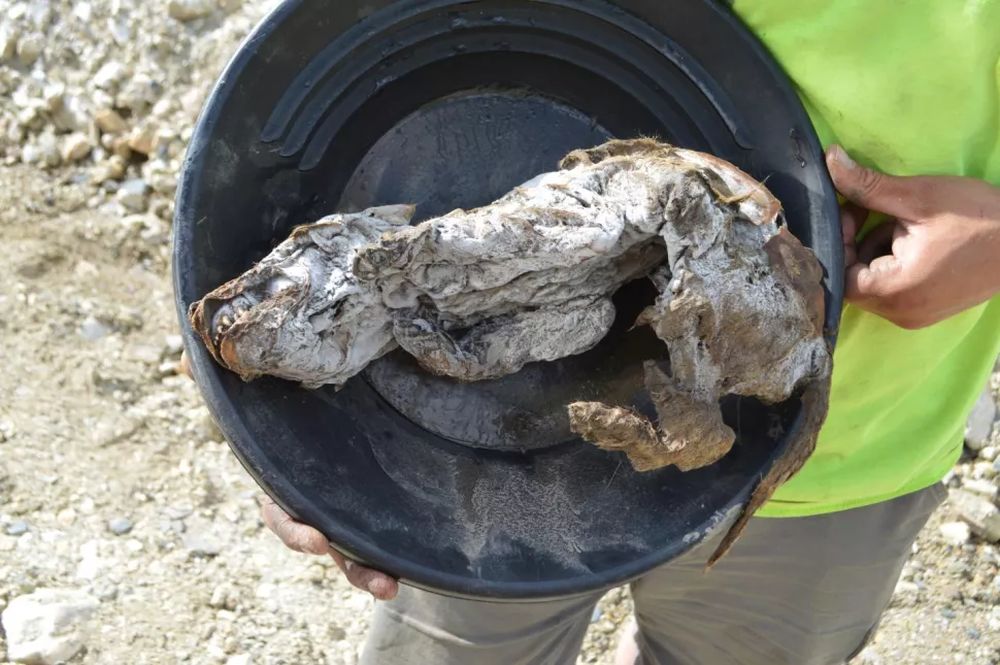
Image: Government of Yukon
Researchers have been studying the specimen for past few years, and have been able to unearth some of the secrets regarding the carcass, including how the wolf might have died and ended up alone in the ice all those years ago.
It was the most complete Ice Age wolf ever found; moreover, the discovery of the specimen in North America makes it much more significant. The study was published in the journal Current Biology. According to the lead author Julie Meachen, an associate professor of Anatomy at Des Moines University in Iowa,
She is the most complete wolf specimen ever found from the ice age. All her soft tissue, her hair, her skin, even her little nose is still there. She’s just complete. And that is really rare… These types of specimens can be fairly common in Siberia, but they are much harder to get to.
Scientists run several types of analysis and tests on the specimen – including radiocarbon dating, DNA sampling and measurements of levels of various versions or isotopes of oxygen. These analyses confirmed when the pup had died. X-rays of the skeleton and teeth also revealed that Zhùr was only seven weeks old at time of its demise.
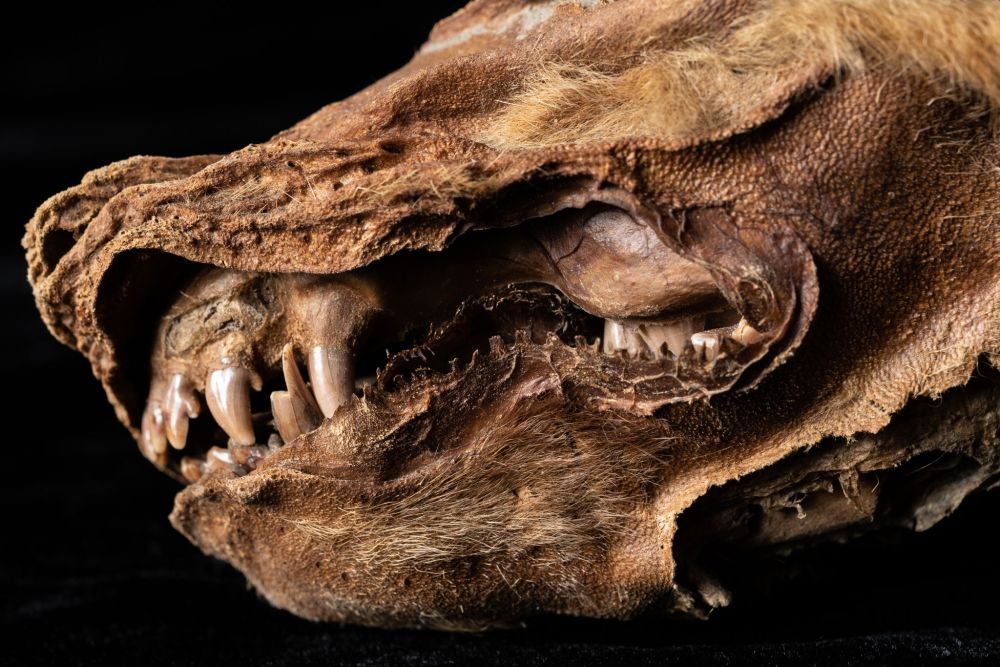
Image: Government of Yukon
Meachen and her team reconstructed the wolf’s mitochondrial genome – which is found in the cells’ energy-making structure known as mitochondria that get passed along the maternal line – exhibiting similarities with both Beringian wolves, an extinct group that resided in ancient Yukon and Alaska, and Russian grey wolves. The researchers noted that the pup’s relation to individuals from both North America and Eurasia is evidence of ancient continental mixing across the Bering Land Bridge, a prehistoric land bridge that once linked Alaska and Russia.
Also Read: Remains of Ice Age Cave Bear Found Perfectly Preserved in Russia
The intact specimen also provided an opportunity to study the diet and feeding patterns of Ice Age wolves. The X-rays showed the intestines of the animal carcass; although, the bone analysis allowed the team to reconstruct the pup’s diet, not its stomach contents.
Apparently, the animal’s diet mostly consisted of aquatic food, such as Chinook salmon that presently spawn in the Klondike River. This is not an uncommon diet inclusion in modern wolves either, which has shown to seasonally switch to aquatic diets in Alaska. However, scientists assumed that Yukon wolves would have mainly eaten bison or musk oxen during the ice age.
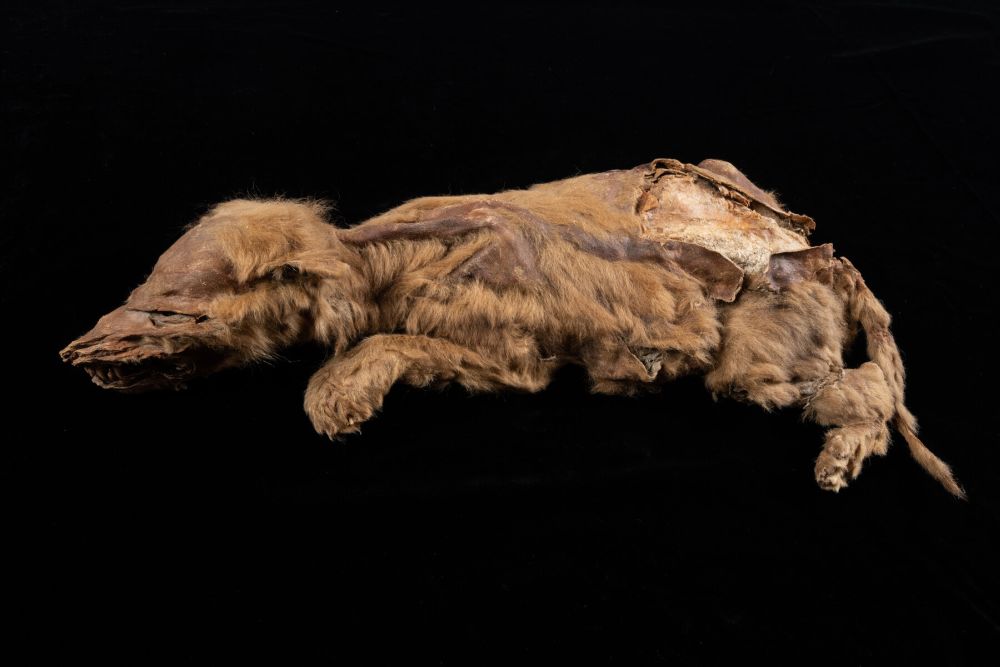
Image: Government of Yukon
The scientists have a few assumptions about how the animal was mummified and why it ended up alone. As per one hypothesis, it was killed when its den collapsed on top of it; which would explain why the remains were perfectly preserved in an entombed cold, dry, and airtight environment. As for why the wolf pup was found alone, it is assumed that its family might have been outside the den when it collapsed.
While findings like this have provided a profound understanding of the previous wildlife species, such discoveries are bound to become more common with global warming. With the changing climatic patterns, permafrost is melting and revealing secrets of earlier generations of flora and fauna, increasing the dangers to the existing species.
